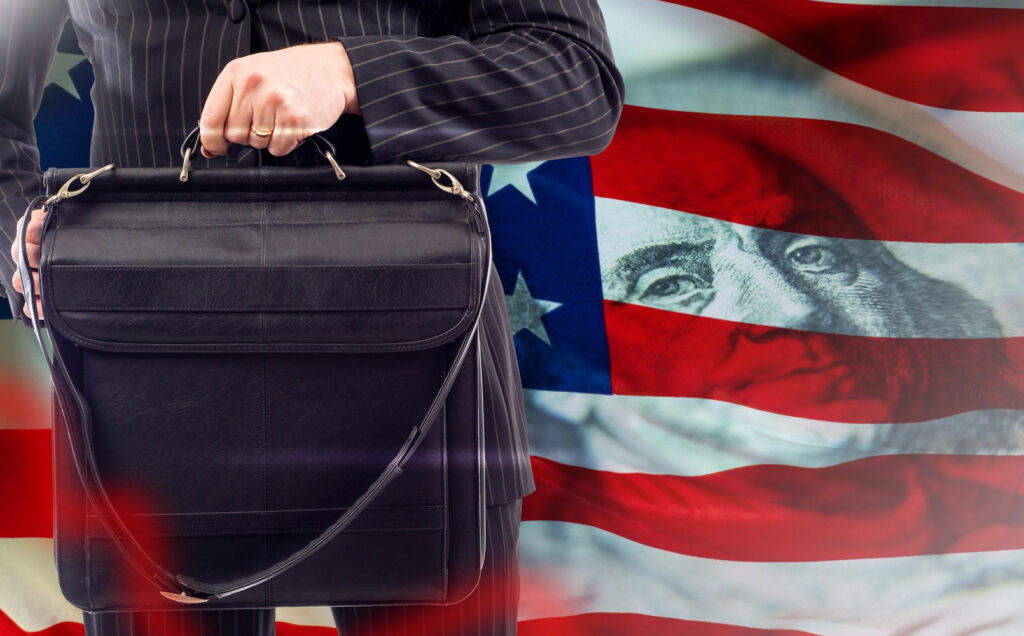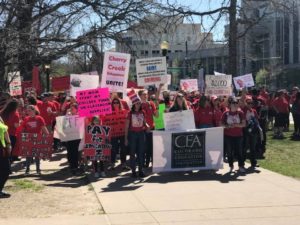Geography of school choice part IV: Power politics of teachers’ unions
The political opposition of teachers’ unions must be considered as a major factor in why school choice deserts exist in Western states, education reformers say.
“[Teachers’ unions] have…

The political opposition of teachers’ unions must be considered as a major factor in why school choice deserts exist in Western states, education reformers say.
“[Teachers’ unions] have basically captured the entire education system in California,” Lance Christensen, vice president of education policy at California Policy Center, told The Lion.
“It has nothing to do with good public policy,” he continued. “It has everything to do with pure power politics.”
While unions are adept at raising a ruckus in red and blue states, critics say, it is alarming how much sway they hold over some state legislatures.
“There have been school choice programs introduced in Washington state that haven’t even seen a hearing simply because the teachers’ union is so strong that it kills it before it even gets off the ground,” Chris Cargill, president and CEO of the Idaho-based Mountain States Policy Center, told The Lion.
Liv Finne, director of the Center for Education at Washington Policy Center, said the same.
“Unions are protecting their monopoly on the West Coast,” she told The Lion. “They have control over the education committees and the legislators. Any time a school choice bill gets brought forward to them, they either don’t give it a hearing or they don’t let it proceed to law.”
What makes teachers’ unions so powerful? Money and lobbying.
“They all pool their money which they get from the school board, and they absolutely lean on scare tactics for this,” Trish Schreiber, senior education fellow at the Frontier Institute, told The Lion. “And then they pay lobbyists – who are them – and not only do they fight school choice, but then they also are stuffing their own coffers.”
In California, 310,000 educators belong to the state teachers’ union, which rakes in hundreds of millions of dollars every year.
Despite constant cries that public education is underfunded, local, state and national teachers’ unions spend millions lobbying for almost exclusively Democratic politicians.
In turn, the politicians they help elect are highly motivated to support union policies to stay in office. Take Lori Lightfoot, the former mayor of Chicago and a Democrat, for example, who lost her re-election after criticizing the Chicago Teachers’ Union (CTU).
Brandon Johnson, who was elected to replace Lightfoot, is a former employee of the CTU.
But sometimes it’s the power politics at play against school choice are red, not only blue, critics say.
In red states like Montana, there is often a group of “moderate Republicans” with a vested interest in the education establishment.
“This moderate faction of the Republican party [is] built up by a lot of people who used to serve on the school boards around the state,” Schreiber said. “In a big way, they’re there to protect the education establishment. So, it’s been really hard to get school choice legislation through the [Montana] House.”
Critics sometimes call these politicians RINOs – Republican In Name Only – for working against issues that are generally favored by a majority of Republican voters.
Whether it’s the politics of the unions, the politicians themselves, or both, school choice bills have faced an uphill battle in many Western states, according to these policy experts.
Another factor, however, is a dated law most states adopted early in the 20th century which complicates the legality of school choice. Part V of this series examines the law, known as the Blaine Amendment.



